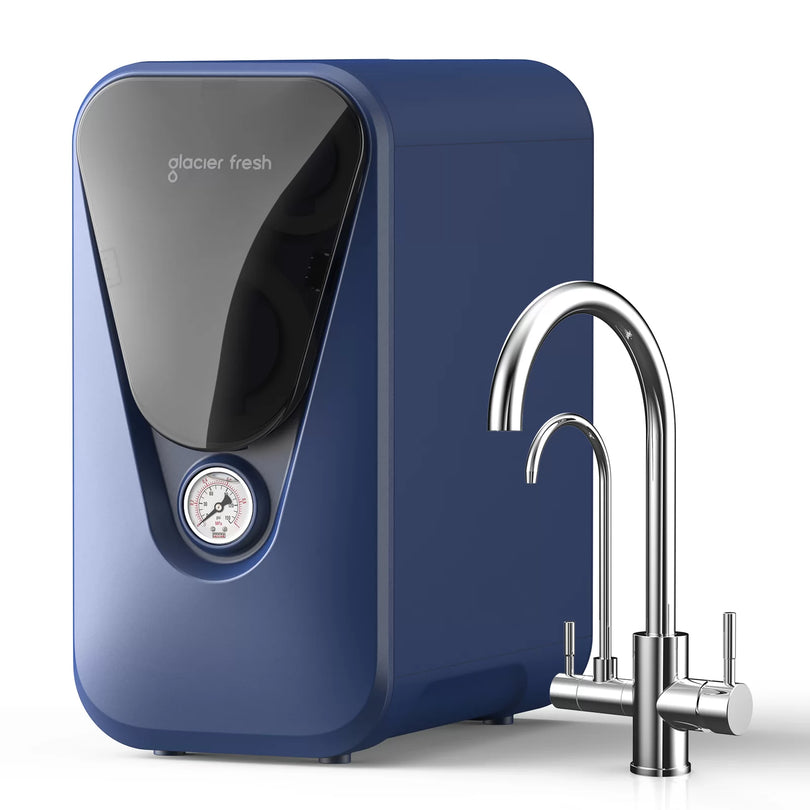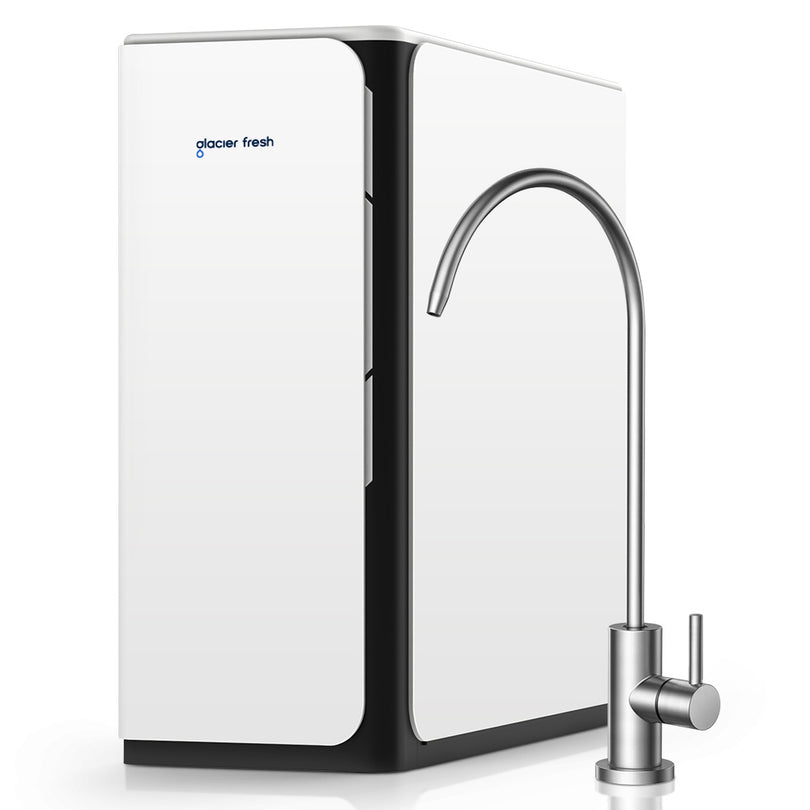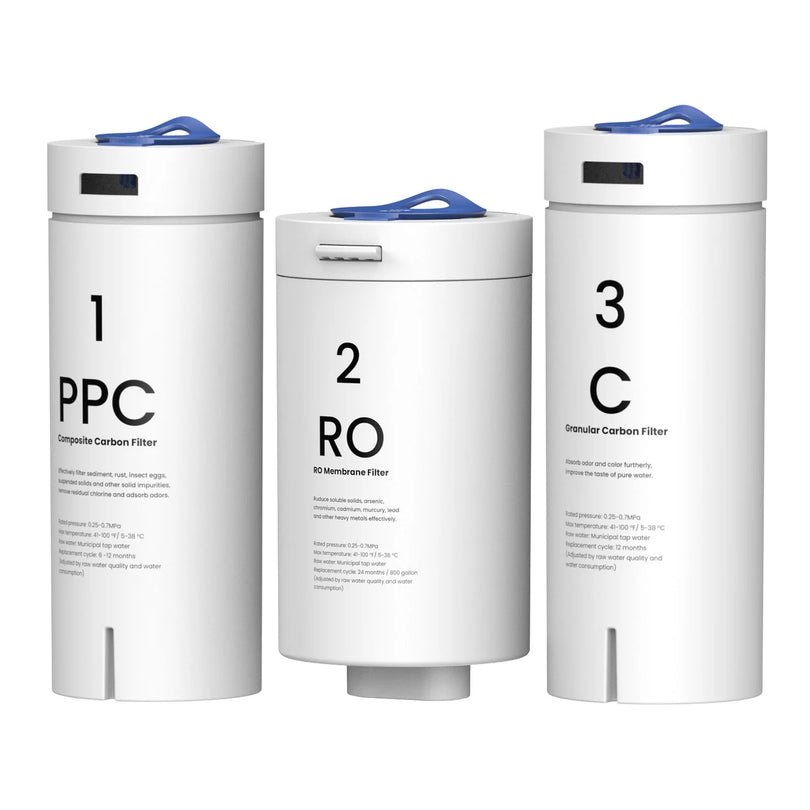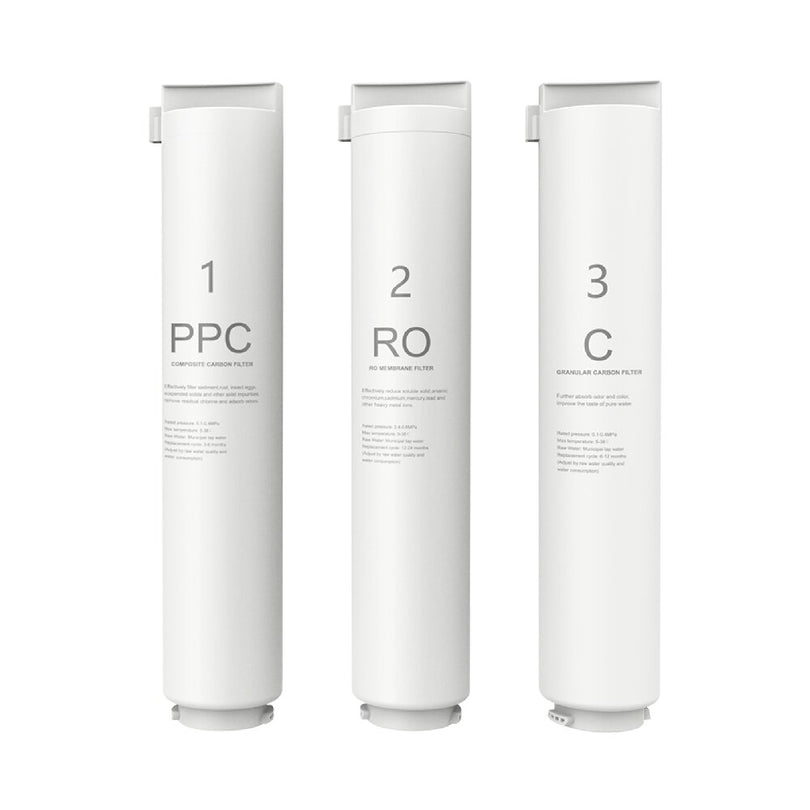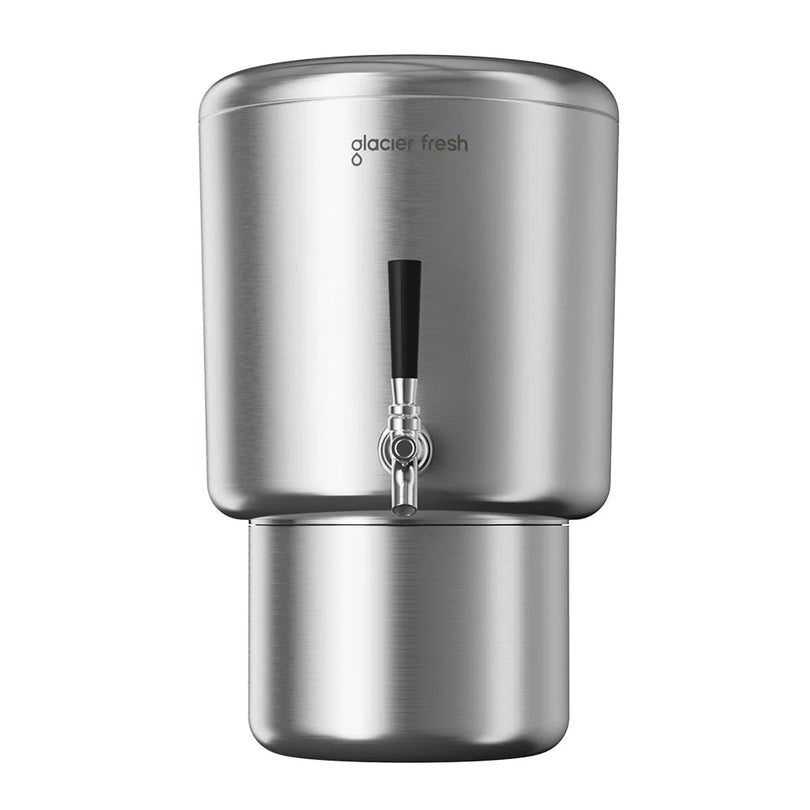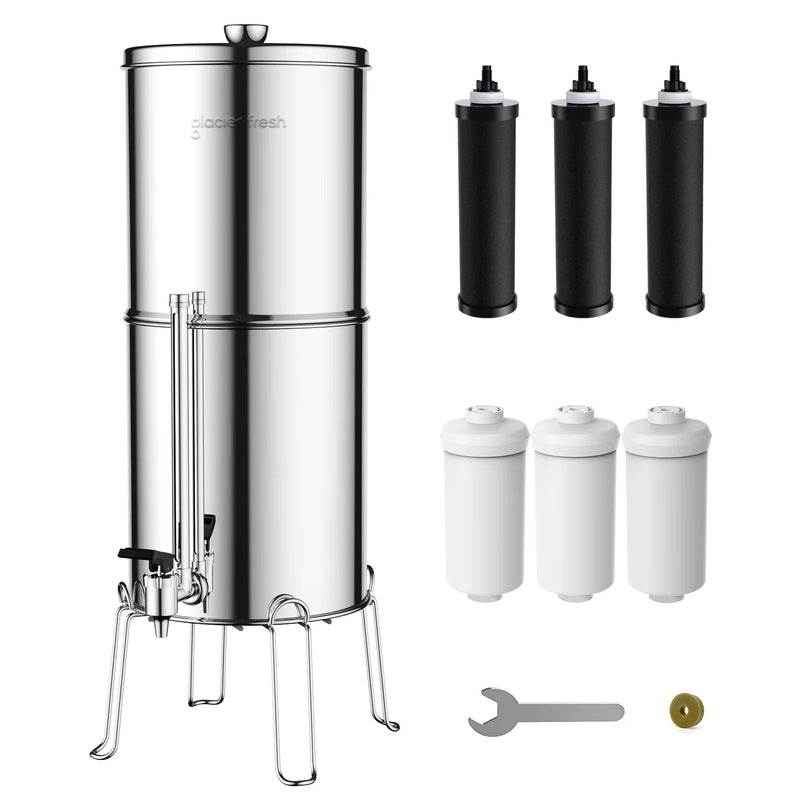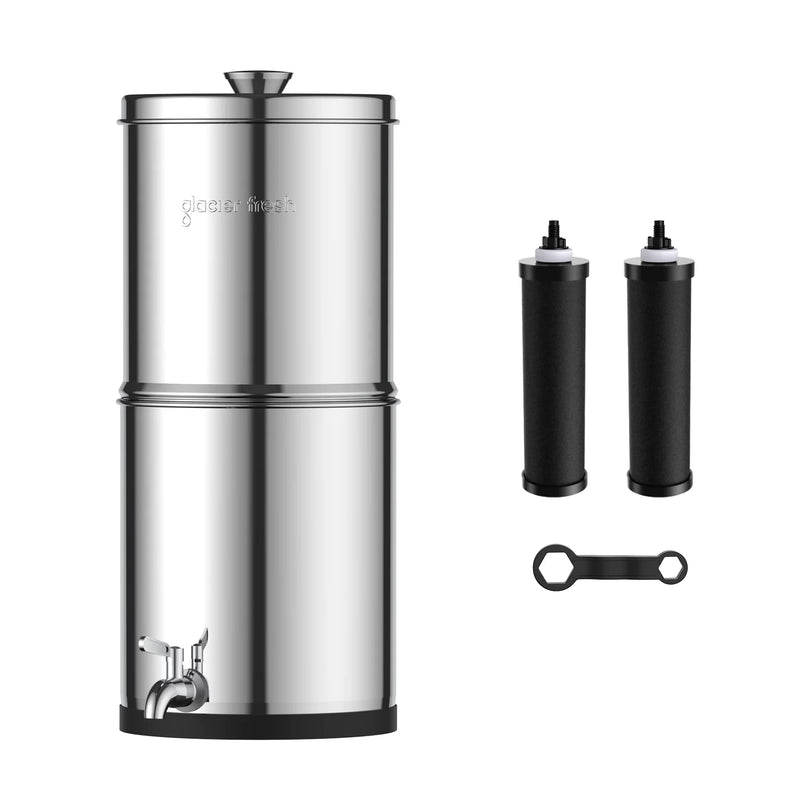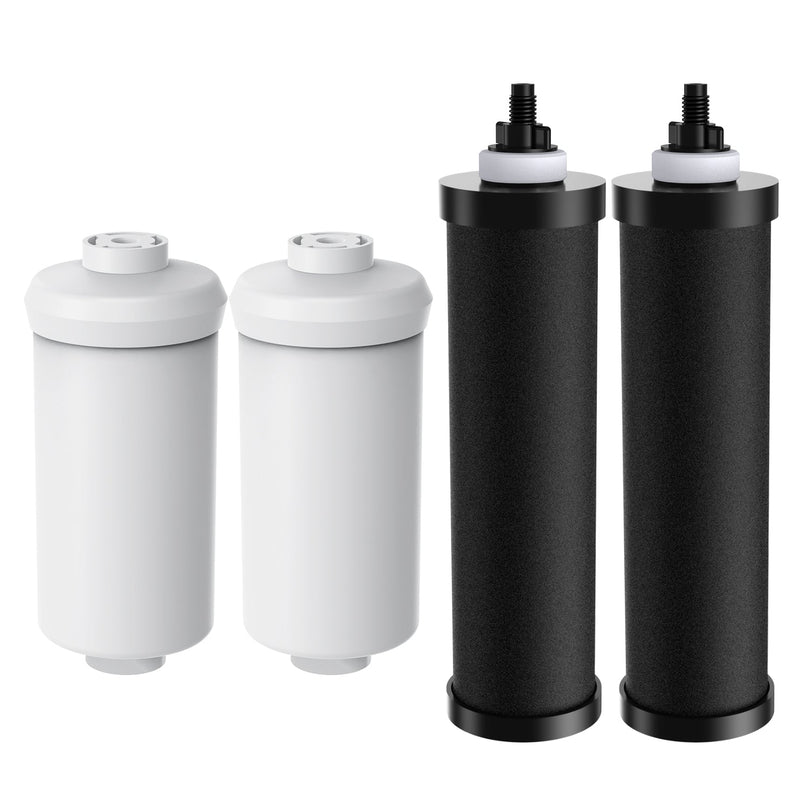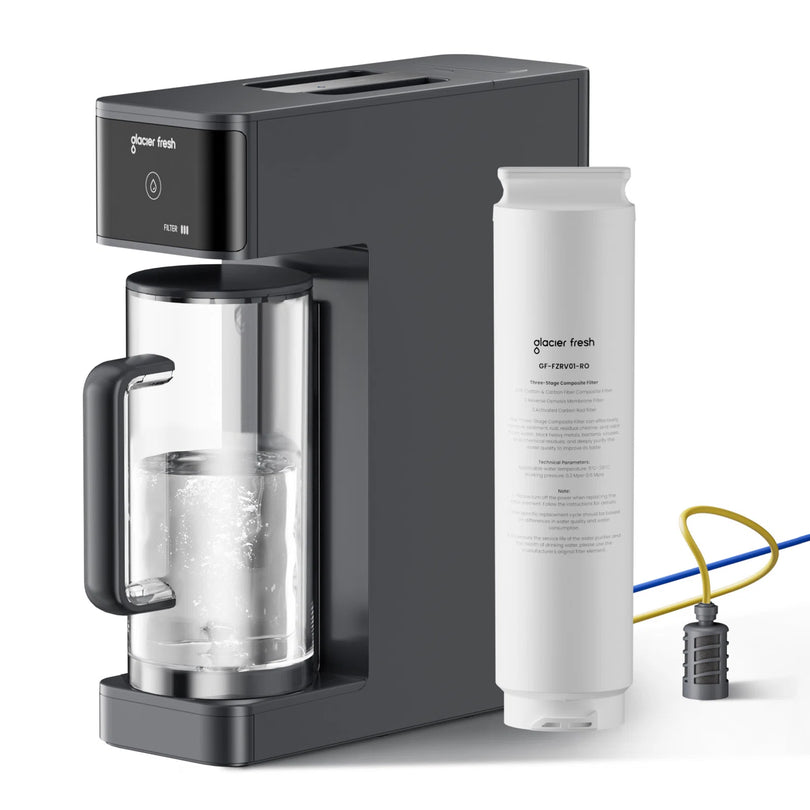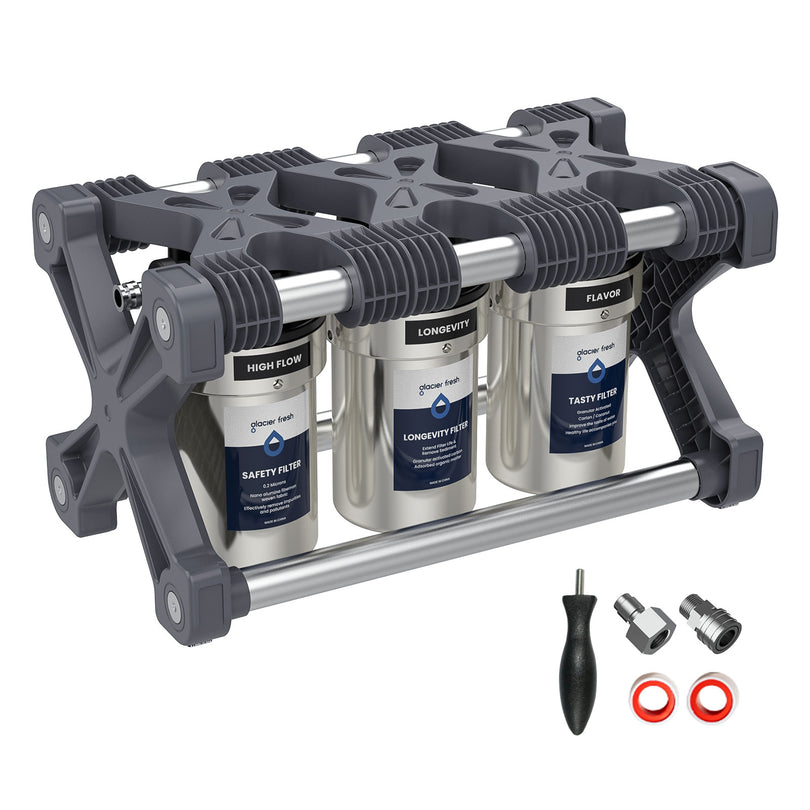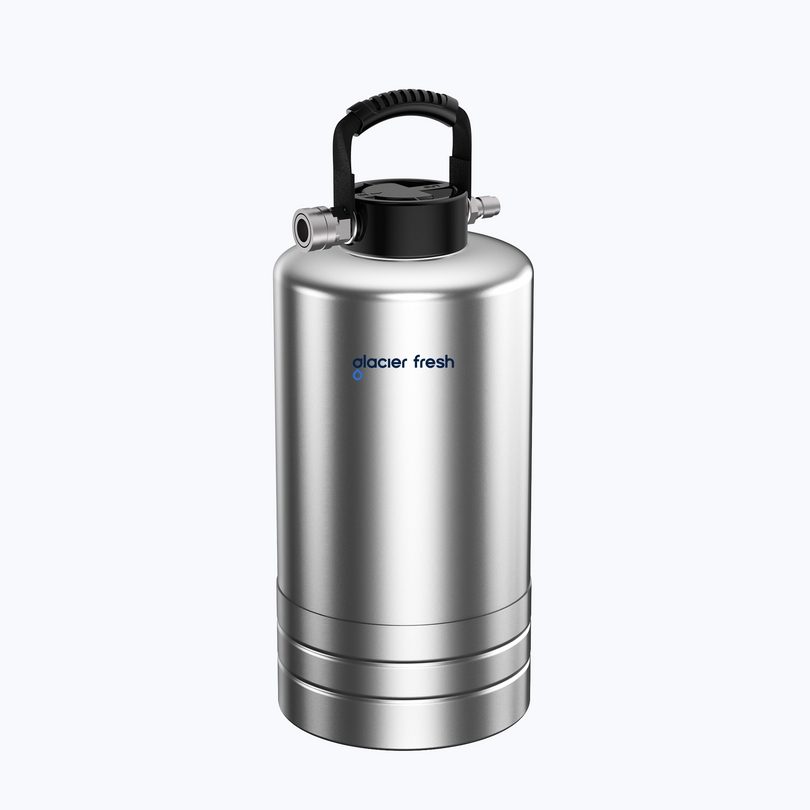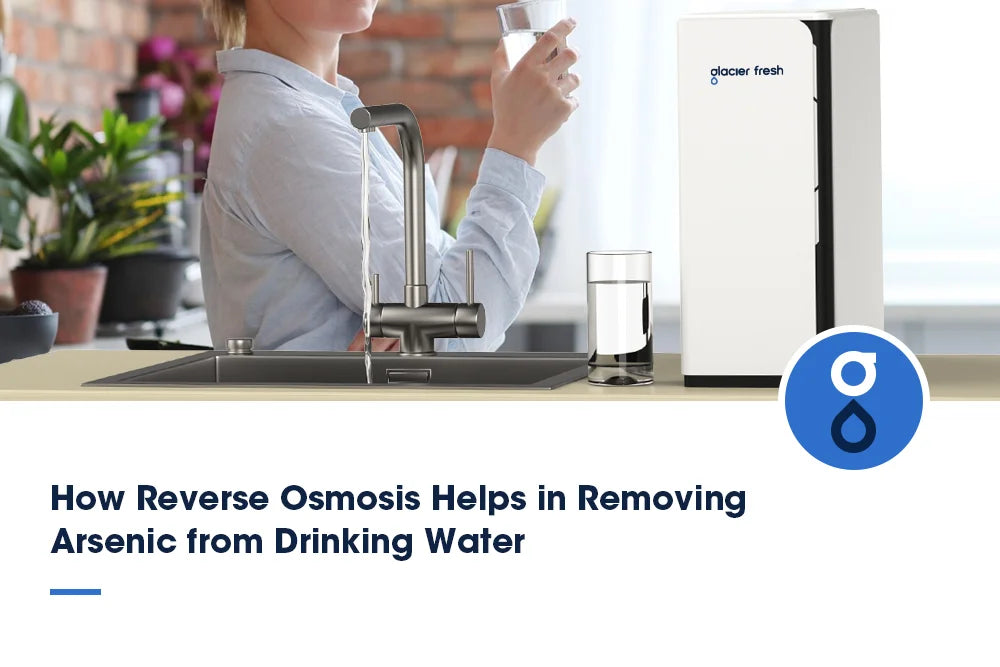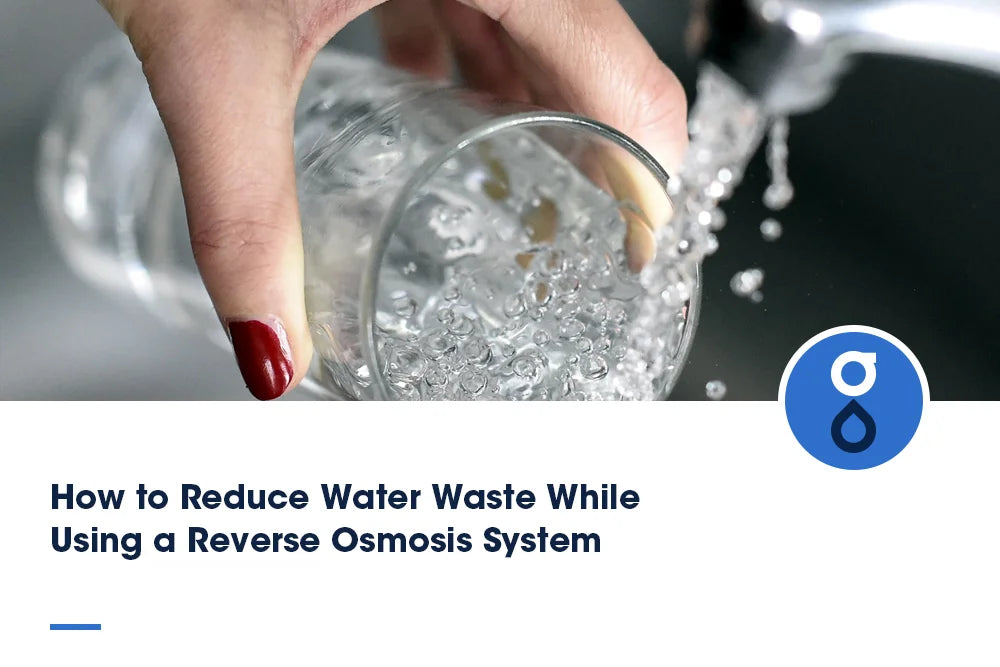Table of Contents:
The popularity of plastic bottles
What happens when you reuse a plastic water bottle?
The risks of reusing plastic bottles
Signs your plastic bottle might be contaminated
Alternatives to plastic water bottles
Conclusion
We’ve all been there: reaching for that plastic water bottle we’ve reused a few times, convinced it’s perfectly fine for another round of hydration. After all, we’ve been reusing plastic bottles for years without much thought. But what if those trusty bottles you’re reusing are putting your health at risk?
Plastic water bottles are convenient, affordable, and portable, making them popular for hydration. However, a hidden danger lurks inside them when reused repeatedly without proper care. From bacterial growth to harmful chemicals, reusing plastic water bottles can pose significant risks to your health.
In this blog, we’ll explore the hidden dangers of reusing plastic bottles and offer safer alternatives for staying hydrated.
The popularity of plastic bottles

Plastic water bottles have become a staple of our daily lives. They're available in nearly every store, fit easily in bags, and offer a quick solution to staying hydrated on the go. The convenience factor is undeniable: just buy one, drink it, and toss it in the trash. But for many people, the habit of reusing these bottles seems harmless. After all, they are still clean, and refilling them is a way to save money and reduce waste, right?
While reusing plastic bottles may seem environmentally friendly, the reality is more complicated. Most plastic bottles are designed for one-time use and aren’t intended to withstand multiple refills. Over time, they begin to degrade, posing serious health risks that are often overlooked.
What happens when you reuse a plastic water bottle?
Plastic is durable but not indestructible. Plastic bottles can break down when exposed to sunlight, heat, or rough handling. Repeatedly refilling a bottle can cause tiny cracks and scratches in the plastic surface. These imperfections provide a breeding ground for bacteria, mold, and harmful chemicals.
Scratches and crevices: The tiny scratches and grooves inside a reused plastic bottle become hard-to-reach areas where bacteria can thrive. Even if the bottle looks clean on the outside, the interior may harbor harmful pathogens that can make you sick.
Chemical leaching: Plastics are made from various chemicals, some of which can leach into your water over time, especially when exposed to heat or sunlight. Chemicals like Bisphenol A (BPA) and phthalates, commonly found in plastic bottles, can migrate into the liquid, contaminating the water you drink. These chemicals are known endocrine disruptors and can interfere with your hormones, potentially leading to reproductive issues, weight gain, or even cancer.
The risks of reusing plastic bottles

The risks associated with reusing plastic water bottles extend beyond just environmental concerns. Here are some of the hidden dangers you might not be aware of:
1. Bacterial growth
When plastic bottles are repeatedly used without proper cleaning, they become a hotbed for bacterial growth. Pathogens like E. coli, Salmonella, and Listeria can thrive in the moist environment inside the bottle. If ingested, these bacteria can lead to gastrointestinal infections, nausea, vomiting, and other illnesses.
2. Chemical contaminants
Plastic bottles are often made with chemicals that can leach into the water. BPA, a common chemical used in many plastic products, has been linked to hormonal disruptions and various health problems, including an increased risk of heart disease, obesity, and diabetes. Phthalates, another chemical in plastics, can cause similar health issues. The longer a plastic bottle is used and the more it is exposed to heat, the higher the risk of these chemicals leaching into the water.
3. Mold and mildew growth
Plastic bottles, especially those with screw-on caps or narrow necks, can trap moisture inside even after you’ve emptied them. This moisture can create the perfect conditions for mold and mildew to grow, particularly in the nooks and crannies of the bottle. Mold spores can cause respiratory issues and other health problems, especially for people with asthma or allergies.
Signs your plastic bottle might be contaminated
While it’s easy to overlook the risks of reusing plastic bottles, there are several signs that your bottle may be contaminated:
- Foul smell or taste: If your bottle starts to smell musty or the water tastes unusual, it's a sign that bacteria or mold might be growing inside.
- Visible wear and tear: Cracks, discoloration, or warped plastic areas indicate that the bottle has degraded. These flaws can cause the plastic to release harmful chemicals or bacteria.
- Visible mold or mildew: If you see mold, especially around the cap or inside the neck of the bottle, it's time to toss it out. Mold can be harmful when ingested or inhaled.
- Sticky or greasy residue: A sticky or greasy feeling inside the bottle may indicate a buildup of bacteria or oils, which can lead to contamination.
Alternatives to plastic water bottles
If you’re concerned about the risks of reusing plastic bottles, there are several safer alternatives to consider:
- Stainless steel bottles: Stainless steel water bottles are durable, easy to clean, and don’t leach harmful chemicals into your water. They’re also insulated, so they keep your drinks cooler for longer.
- Glass water bottles: Glass bottles are another excellent alternative to plastic. They’re free from BPA and other chemicals and don’t retain odors or stains. Just be careful not to drop them, as they can break easily.
- BPA-free plastic bottles: If you prefer the lightweight convenience of plastic, consider switching to BPA-free bottles. While not entirely chemical-free, these bottles are safer than their traditional plastic counterparts. Still, proper cleaning and regular replacement are essential.
Conclusion
Reusing plastic water bottles might seem like a harmless, cost-effective solution for staying hydrated, but the hidden risks are worth considering. From bacterial contamination to chemical leaching and mold growth, your plastic bottle could be a breeding ground for harmful substances. To stay safe, clean your bottles regularly, avoid exposure to heat, and replace them if they show signs of wear.
If you’re serious about your health, consider switching to safer alternatives like stainless steel or glass bottles. Not only will this help protect your health, but it will also reduce your environmental impact in the long run. Stay hydrated, stay safe! Follow Glacier Fresh to find more tips for staying well-hydrated.

